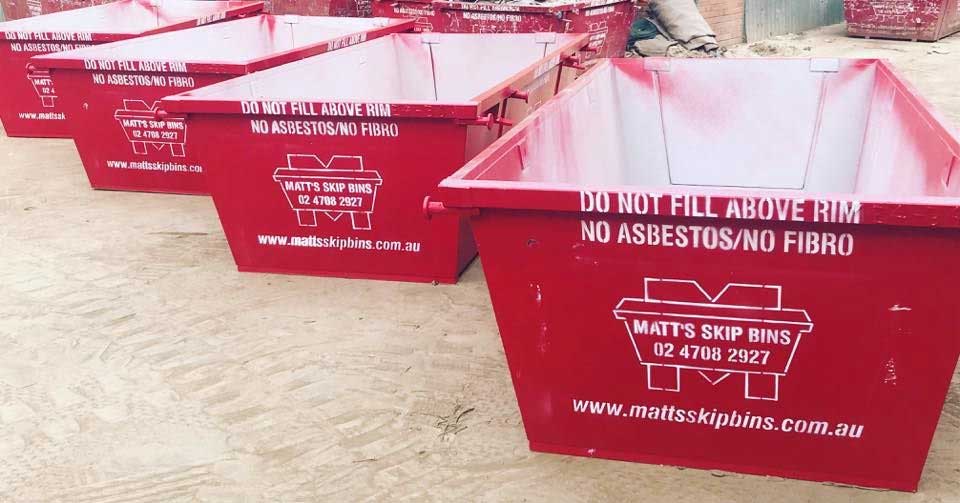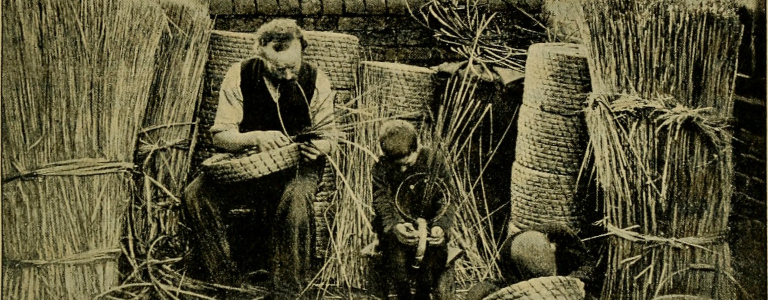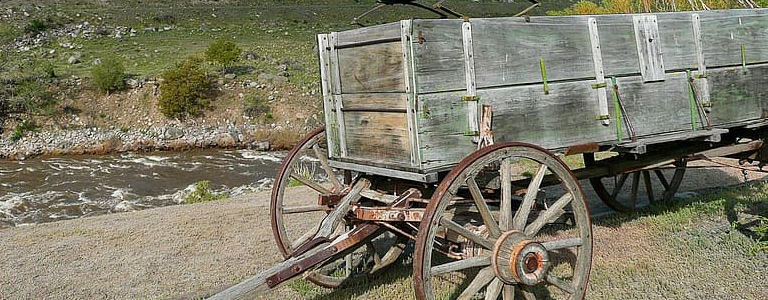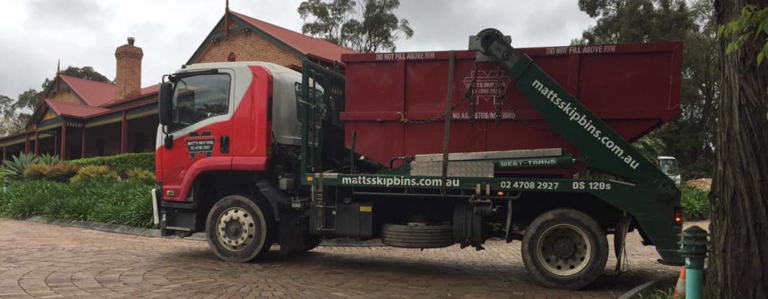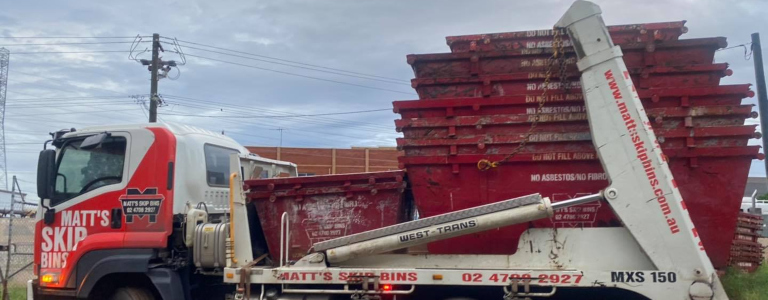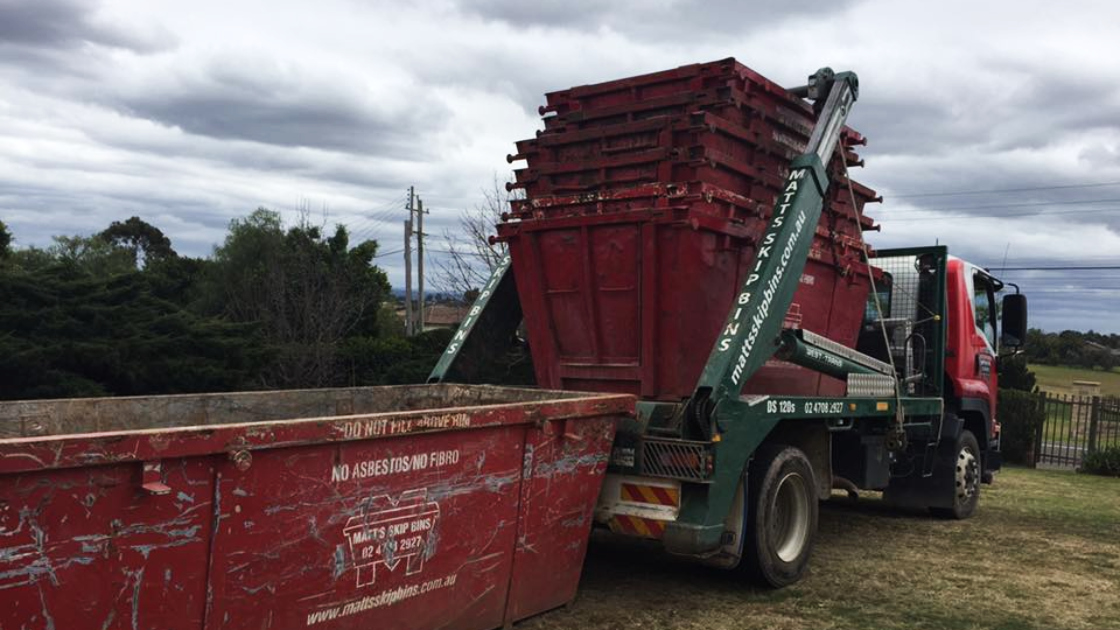
07 Jul • 3 min Read
A skip bin is a handy waste solution that can be used for many functions. Not only is it the main part of our profession, but it is also arguably one of the most efficient ways of removing waste.
Although easily identified and often seen in communities worldwide today, skip bins haven’t always been the popular design they are today. In fact, the idea of skip bins has been said to initially come from beekeepers — yes, beekeepers!
To discover the interesting evolution of the skip bin starting from its random origin, keep reading!
The creation of skip bins
As mentioned earlier, the general idea of skip bins has been said to originate from European beekeepers in the 1700s. Unlike the skip bins we provide to our clients around Western Sydney, these skips were baskets of straw, wicker or hollowed logs. Made to build bee colonies, this procedure became outdated and slowly forgotten by the 1800s.
A closer version of the skips we see today was first seen in the mines during the Industrial Revolution. It was a jumbo version of wheeled baskets that was made to transfer materials around quickly. It was also used by miners to measure what they have dug out so far. This version is still used today but as steel containers on tracks.
As for the name, it wasn’t always called ‘skip bin’. During the Industrial Revolution, skips were deemed a ‘skep’, which originates from the Norse language word ‘skeppa’, that essentially means basket. Since then, the term has evolved to ‘skip’ and eventually ‘skip bins’.
The evolution of skip bins
After the Industrial Revolution, skips saw a different purpose. Within the 1920s, tradespeople in the Southport area of England started using containers that closely resembled the ones used in the coal mines.
From functioning as construction skips to collecting general waste, this is where they began to be used for rubbish removal.
During this time, a problem occurred where waste collection was becoming increasingly hard to manage. In a meeting discussing this issue, a truck manufacturing employee suggested the idea of utility vehicles carrying around detached boxes to collect materials, introducing the skip bin hire we see today.
Modern day skip bins
Observing the success of skip bin hire in England, many countries around the world, including Australia, started to adopt their own services. By the 1960s, Australian skip bin hire companies were operating and in full swing.
Since being used as a hire service, many skip bin sizes have been created to cater to many different waste situations. This also includes a range of skip bin categories.
Furthermore, the process of getting a skip has since changed. Take Matt’s Skip Bins for example. Not only do we have full functioning trucks with skip bin loaders, but we have also moved online.
This means you don’t have to call up for a bin like you would have a decade ago. Now, you can simply go on our website and order any of our skip bins online without talking to anyone — nice and easy!
Now, you know how and where those metal skips you see on the side of the road came from! All history lessons aside, if you want a skip, speak to the professionals at Matt’s Skip Bins.
Our skips are as modern and advanced as they come! With a smooth delivery and pickup process, it will be hard to go past our convenient services. For more information or to book a skip, visit our website today.

